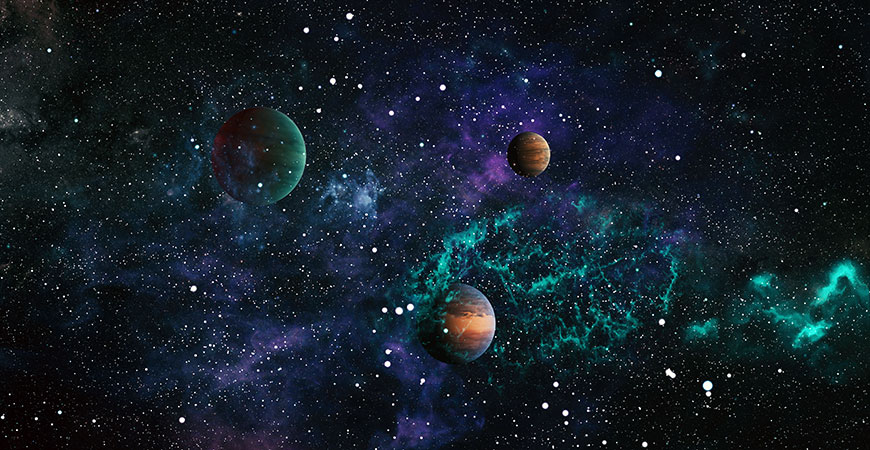
The Merced nAnomaterials Center for Energy and Sensing (MACES) —UC Merced’s NASA-funded center for nanomaterials-based research and education — has received a two-year, $1.8 million renewal from the federal space agency.
Continuing to build on the research already underway, Professor Jennifer Lu, the center’s director, said the next two years will see a focus on energy-materials research for space exploration.
Long-duration and deep-space missions depend on efficient use of energy sources, which require transformative breakthroughs in high-performance solar energy harvesting; high-energy and high-power energy storage systems; and new materials platforms to improve energy efficiency.
“MACES expects to produce transformative scientific knowledge and innovative technology solutions for space and terrestrial applications,” Lu said. “This will help to poise MACES for winning major center grants, ensuring future sustainability.”
MACES is funded through the Minority University Research and Education Project’s Institutional Research Opportunity (MIRO), which was established to strengthen and develop the research capacity and infrastructure of minority serving institutions in areas of strategic importance and value to NASA’s mission and national priorities. MIRO awards aim to promote science, technology, engineering and math (STEM) literacy and enhance and sustain the capability of institutions to perform NASA-related research and education in aeronautics, human exploration and space operations, and science and space technology.
“I am very proud to have been part of the first round of MACES and look forward to continuing to serve our students alongside a group of diverse and vibrant faculty,” said physics Professor Sayantani Ghosh, associate director for undergraduate education and outreach. “That MACES executive leadership are all women faculty members also meets the goals of a MIRO program.”
Launched in August 2015 with a $5 million grant, MACES’ mission encompasses cutting-edge research, community outreach and training students for tomorrow’s NASA careers. As part of its mission, MACES provides students with a direct pipeline to NASA internships — a unique educational experience that exposes students to premium training and networking opportunities. More than a dozen MACES students have had NASA internships that have led, in some instances, to jobs.
MACES has been working to close educational and socioeconomic gaps to help more students become STEM professionals, Lu said. The Center offers multidisciplinary-based education, student summer research programs for younger students, field trips to NASA, professional development for high school science teachers and more.
“This successful renewal indicates that NASA has been impressed by MACES’ research, education and outreach contributions over the past five years,” said mechanical engineering Professor Ashlie Martini, MACES associate director for graduate education. “It also reflects the growing impact and reputation of UC Merced overall.”
Although the 5-year-old Center aims to be self-supporting, Lu said this grant renewal has wide implications for the campus and community. Scientific projects launched in the first five years will have the support to blossom, she said, significantly contributing to solar energy harvesting, energy storage and energy efficiency.
Lu and her senior faculty in leadership will take a multi-pronged approach to the Center’s future sustainability, hoping to secure other major grants. They plan to offer grantsmanship workshops to help prepare students to apply for fellowships; to broaden and deepen the Center’s alliance with NASA through more joint research; to expand research and mentorships with the two national labs closest to campus; and establish MACES as a university Organized Research Unit next year.



